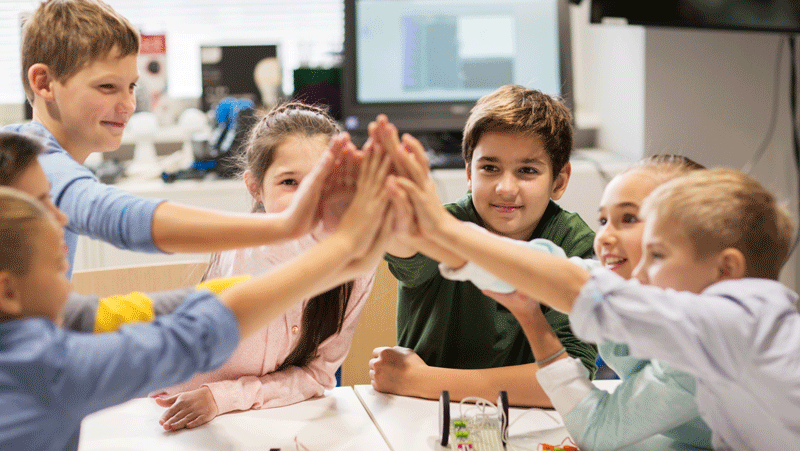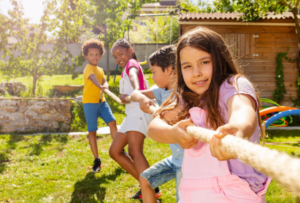By Karen Conley, President, CEO and founder of Charity for Change
When children are babies and toddlers, it is only natural that we do a lot for them. It’s not only for survival; it’s caring, compassion, and security. But just like a young kangaroo must leave a mother’s pouch, children need to learn how to do and accomplish things independently.
Perseverance is a life-long skill that prepares children for the challenges, struggles, and setbacks they will face throughout their lifetime. When confronted with a complex problem, giving up or letting someone else do it for you can be easy. By teaching children the power of perseverance, we encourage them to stay motivated and help them be proud of their accomplishments.
Why Perseverance is Important for Kids
Perseverance is the determination to face difficulties, obstacles, and failures to solve problems and reach goals. When children learn the skills to persevere, they become more independent and confident in themselves and their abilities. They understand that failure is not only okay but to be expected when taking risks or trying new things. Additionally, that failure is an opportunity to learn and experiment with different approaches to accomplishing a task.
All of this helps foster a positive growth mindset where students see the value in their abilities, efforts, strength, and intelligence. Children also learn how to cope and manage their emotions when struggling with a task. They discover strategies and coping mechanisms they can use when feeling overwhelmed, like taking a break or deep breathing, or when they need to focus, such as changing their environment or switching gears.
Perseverance is an effective quality for children to have, aiding them in attaining other vital skills such as:
Commitment
Dedication
Determination
Endurance
Fortitude
Passion
Persistence
Resilience
Stamina
Steadfastness
Tenacity
Ultimately, perseverance helps children gain independence and the knowledge that they can rely on themselves to overcome challenging obstacles.
Encouraging Perseverance in the Classroom
Like learning any new skill, children need the chance to discuss, witness, and practice perseverance, and the classroom is an excellent opportunity to foster and support learning this character trait. Depending on the grade level, many of these teaching tips can be adjusted to fit any classroom:
Books & Videos About Perseverance
Reading books aloud, reading together as a class, or watching videos that showcase perseverance are great ways to start a conversation on what perseverance means and what it looks like.
Create a Perseverance Wall
As a class, ask students to share words that remind them about perseverance. Or words that encourage them to keep trying when they are feeling discouraged. Then throughout the year, the class has a wall of encouragement that cheers them on and inspires them to keep trying.
Set Manageable Challenges
Helping kids learn how to manage their time and set attainable goals teaches them the skills they need to persevere. Work with them on measurable goals and, if needed, how goals can be broken down into small milestones. Celebrate their progress along the way and give tips on how to stay focused. An example of a challenge could be setting a goal for how many books to read each month.
The Power of Yet
Part of teaching perseverance and cultivating a growth mindset is learning the Power of Yet. Talk about the importance of acknowledging when we are struggling or feeling discouraged and the significance of not giving up. Instead of saying, “I can’t do it.” Encourage your students to say, “I can’t do it YET.” Remind them that it is okay to ask others for help and talk about where they are having difficulties.
It’s the Journey, Not the Destination
Praise students when they make a positive effort to keep going and work hard to accomplish a problem. Let them know that failure is part of the process and is an opportunity to learn and grow. Additionally, let students see your struggles and talk to them about challenges you have had to work through and the strategies you use to accomplish your goals.
Challenges, setbacks, obstacles, dilemmas, problems, confrontations, and more are part of life. When children learn the value of perseverance, we are setting them up with the tools to succeed, to be mindful of their abilities and their limits, and the capability to continue to grow and enjoy life.
About the Author
Karen Conley is President, CEO and founder of Charity for Change, a non-profit social-emotional learning educational organization funded by philanthropy. For information, visit charityforchange.org.





